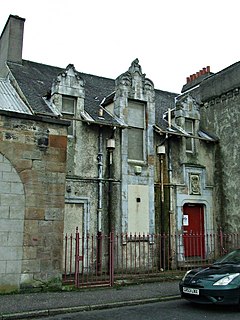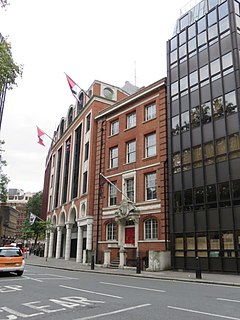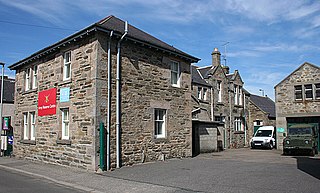
The Argyll and Sutherland Highlanders was a line infantry regiment of the British Army that existed from 1881 until amalgamation into the Royal Regiment of Scotland on 28 March 2006.

The 52nd Lowland Volunteers is a battalion in the British Army's Army Reserve or reserve force in the Scottish Lowlands, forming the 6th Battalion of the Royal Regiment of Scotland, also known as 6 SCOTS. Due to its erstwhile association with the 1st Regiment of Foot, it is the senior Reserve line infantry battalion in the British Army. It is one of two Reserve battalions in the Royal Regiment of Scotland, along with 51st Highland, a similar unit located in the Scottish Highlands.

The 51st Highland Volunteers is a battalion in the British Army's Army Reserve or reserve force in the Scottish Highlands, forming the 7th Battalion of the Royal Regiment of Scotland, also known as 7 SCOTS. It is one of two Reserve battalions in the Royal Regiment of Scotland, along with 52nd Lowland, a similar unit located in the Scottish Lowlands.

The Royal Regiment of Scotland is the senior and only Scottish line infantry regiment of the British Army Infantry. It consists of three regular and two reserve battalions, plus an incremental company, each formerly an individual regiment. However, three regular battalions maintain their former regimental pipes and drums to carry on the traditions of their antecedent regiments.

The Dalmeny Street drill hall in Edinburgh, was built as a military drill hall in 1901, and between 2003 and 2010 was redeveloped as community arts and education centre under the name TheOut of the Blue Drill Hall. The drill hall is protected as a category A listed building.

Paisley Barracks was a military installation in Paisley, Renfrewshire.

The Buckingham Gate drill halls were military installations at 58 and 59 Buckingham Gate, London.

The Victoria Road drill hall is a former military installation in Glasgow.

The Bank Street drill hall is a former military installation in Brechin, Scotland.

The Hunter Street drill hall is a military installation in Kirkcaldy, Scotland.

The Ferry Road drill hall, known locally as Seaforth Barracks, is a military installation in Dingwall, Scotland.

The Old Bank Road drill hall is a military installation in Golspie, Scotland.

The Cooper Park drill hall is a former military installation in Elgin, Scotland.

The Guild Street drill hall is a former military installation in Aberdeen, Scotland.

The Union Street drill hall is a military installation in Keith, Scotland.

The Princes Street drill hall is a former military installation in Stirling, Scotland.

Hartfield House is a military installation in Dumbarton, Scotland.
The Clyde Brigade was a Scottish infantry formation of Britain's Volunteer Force from 1888 to 1902.
The Forth Brigade was a Scottish infantry formation of Britain's Volunteer Force from 1888 to 1902.


















